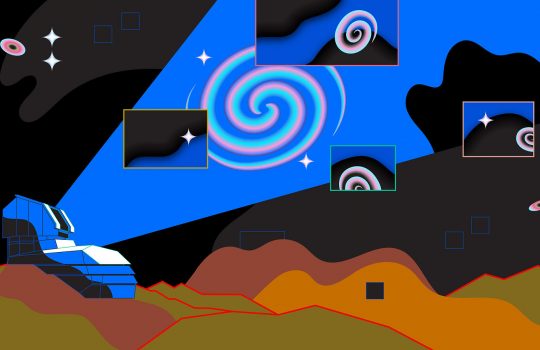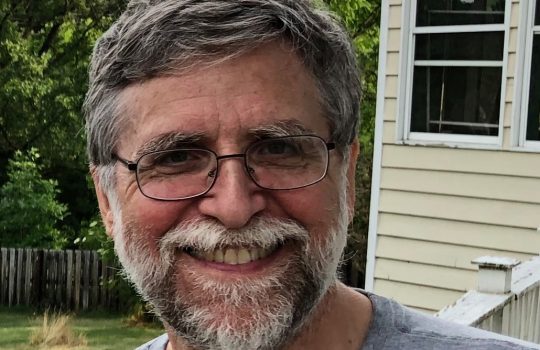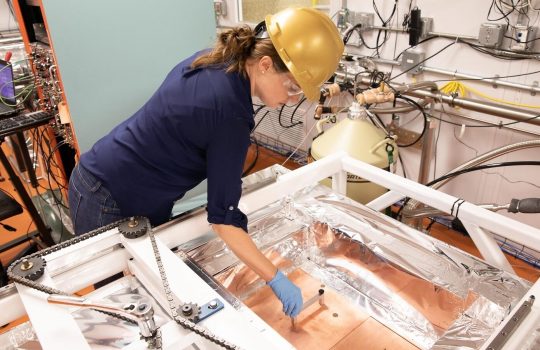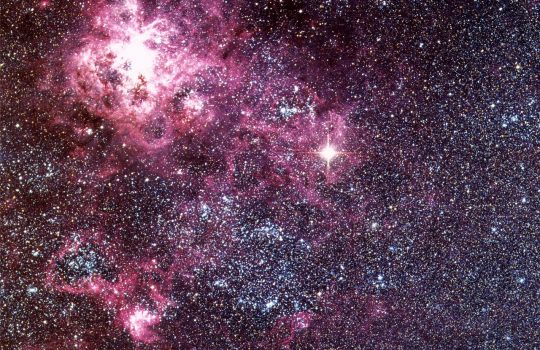A billion tiny pendulums could detect the universe’s missing mass
From NIST, Oct. 13, 2020: Researchers at NIST and their colleagues, including Fermilab scientist Gordan Krnjaic, have proposed a novel method for finding dark matter. The experiment, in which a billion millimeter-sized pendulums would act as dark matter sensors, would be the first to hunt for dark matter solely through its gravitational interaction with visible matter. A three-minute animation illustrates the new technique.




